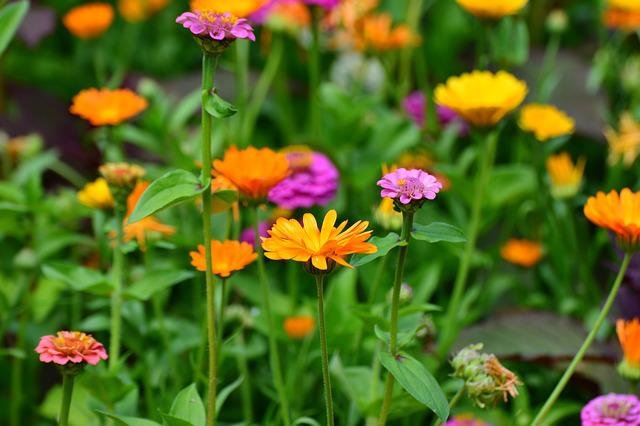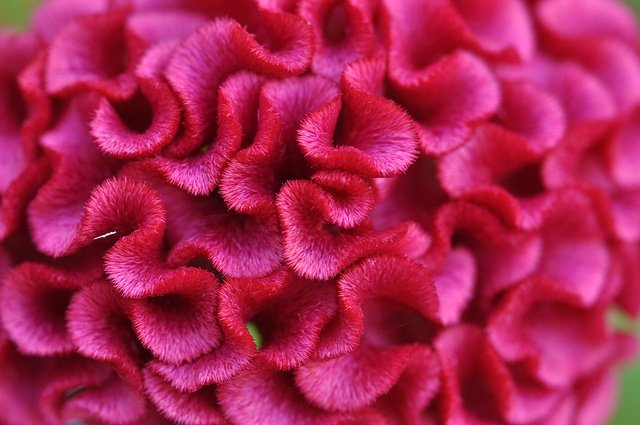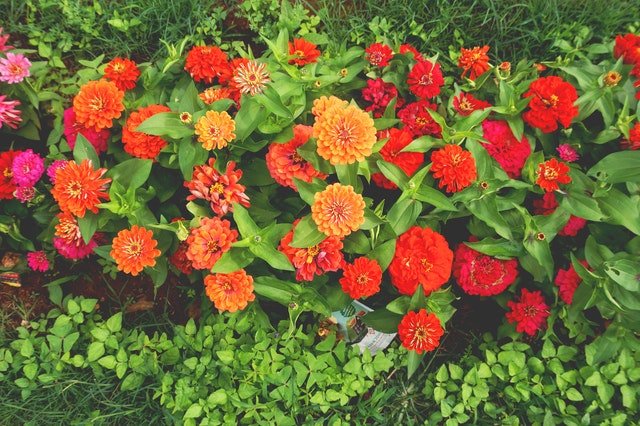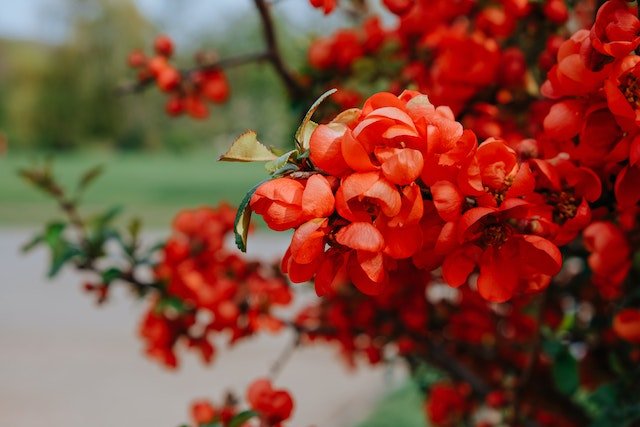In this comprehensive guide, we will explore the incredible benefits and practical uses of coarse silica sand as a potting mix. Whether you are a seasoned gardener or a beginner looking to enhance your plant care skills, understanding the advantages of using silica sand can significantly contribute to the health and vitality of your plants. Let’s dive into the world of coarse silica sand and unlock its potential!

Table of Contents
What is Coarse Silica Sand?
Coarse silica sand, also known as industrial sand or quartz sand, is a naturally occurring granular material composed of finely divided rock and mineral particles. Its primary component is silicon dioxide (SiO2), which gives it unique properties suitable for various applications. Unlike other types of sand, coarse silica sand has larger particles and a rougher texture, making it an ideal choice for potting mixes.
Benefits of Using Coarse Silica Sand in Potting Mixes
1. Improved Drainage and Aeration
Coarse silica sand acts as a natural drainage agent in potting mixes. Its coarse texture allows excess water to flow freely through the soil, preventing waterlogging and the associated root rot issues. Additionally, the presence of silica sand enhances aeration by creating air pockets within the soil, promoting oxygen flow to the roots and facilitating healthy plant growth.
2. Enhanced Soil Structure
The inclusion of coarse silica sand in potting mixes improves soil structure by preventing compaction. When combined with other organic materials, such as peat moss or compost, silica sand helps maintain a well-balanced soil composition. This optimal soil structure allows roots to penetrate easily, absorb nutrients efficiently, and promotes overall plant vigor.
3. Reduced Soil Erosion
One of the remarkable properties of coarse silica sand is its ability to anchor soil particles and reduce erosion. By incorporating silica sand into your potting mix, you create a stable environment for plants, especially in containers or raised beds where the soil is more prone to erosion. This stability protects the delicate root systems and helps maintain the structural integrity of the soil.
4. Pest and Weed Control
Silica sand can act as a natural deterrent against pests and weeds. Its coarse nature creates an inhospitable environment for certain insects and prevents weed seeds from germinating. By using a potting mix with coarse silica sand, you can minimize the risk of pest infestations and reduce the need for chemical pesticides.
How to Incorporate Coarse Silica Sand in Your Potting Mix

Now that we have explored the benefits of using coarse silica sand, let’s discuss how you can effectively incorporate it into your potting mix for optimal results. Follow these steps to create a well-balanced potting mix:
Step 1: Gather Your Materials
To create a potting mix with coarse silica sand, you will need the following materials:
- Coarse silica sand
- High-quality potting soil
- Organic matter (such as peat moss or compost)
- Perlite (optional, for additional drainage)
- Fertilizer (specific to your plant’s needs)
Step 2: Prepare the Potting Mix
- Start with a clean container or pot.
- Mix equal parts potting soil and coarse silica sand in a large container.
- Add organic matter (peat moss or compost) to the mix, aiming for approximately 20-30% of the total volume.
- If desired, incorporate perlite into the mix for improved drainage, using about 10-20% of the total volume.
- Thoroughly blend all the components until you achieve a well-balanced potting mix.
- Optionally, add slow-release fertilizer according to the specific requirements of your plants.
Step 3: Potting Your Plants
- Select the appropriate pot size for your plants, ensuring they have adequate drainage holes.
- Fill the pot with the prepared potting mix, leaving enough space for the roots.
- Gently place the plant in the pot and backfill it with the potting mix, ensuring the roots are adequately covered.
- Lightly tamp the soil to remove any air pockets.
- Water the newly potted plant thoroughly, allowing excess water to drain. Consider using polished water for better results.
Conclusion
Coarse silica sand is a valuable ingredient in potting mixes, offering numerous benefits that contribute to the overall health and vitality of your plants. From improved drainage and aeration to enhanced soil structure and pest control, the inclusion of silica sand can transform your gardening experience. By following the steps outlined in this guide, you can create a potting mix that optimizes plant growth and sets the stage for a thriving garden.

Gardening is my passion and growing plants indoors has always been a stress relief for me. Grow a banana tree in my apartment once (although failed to produce bananas).






